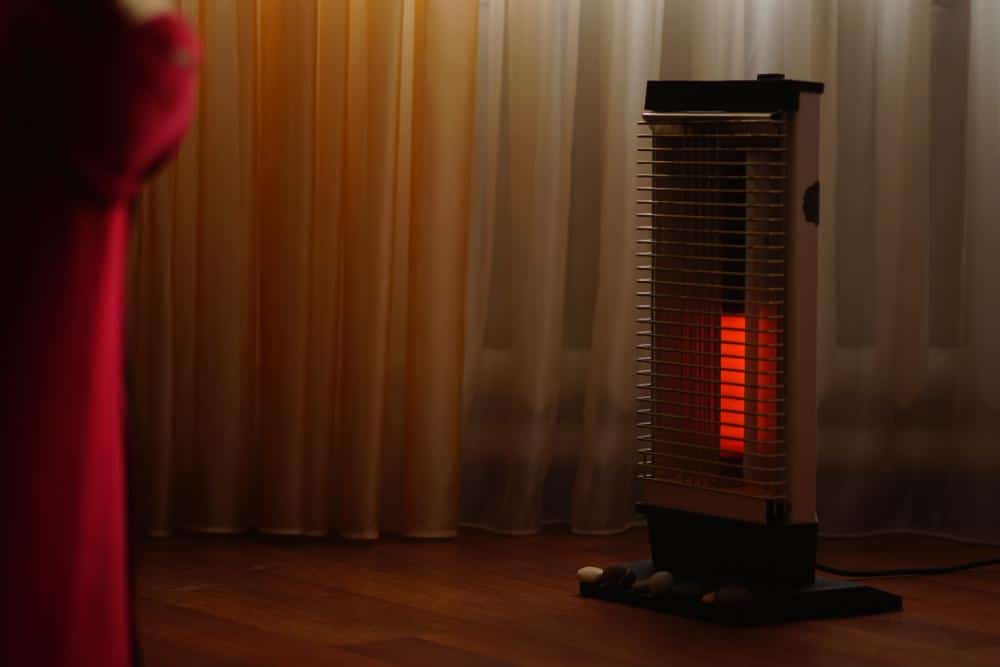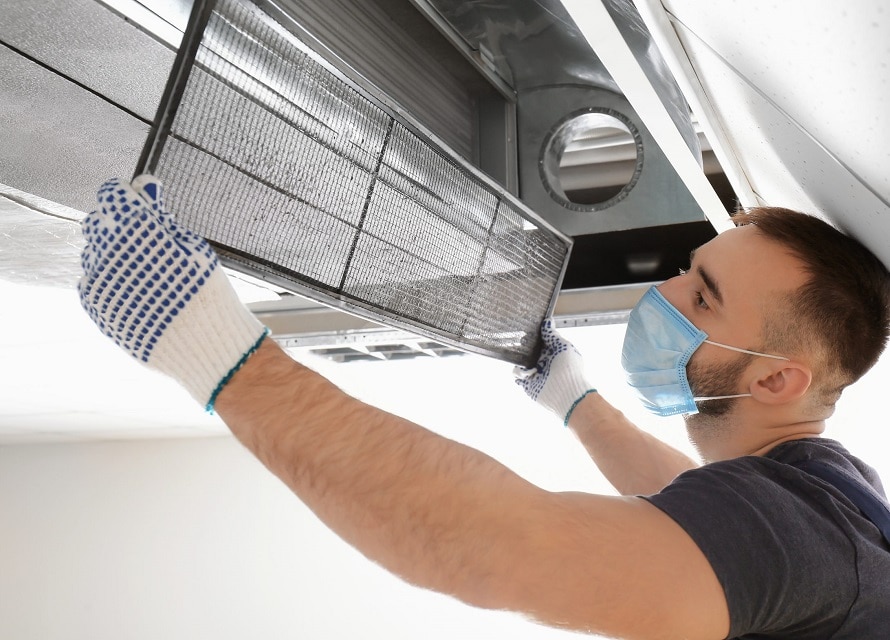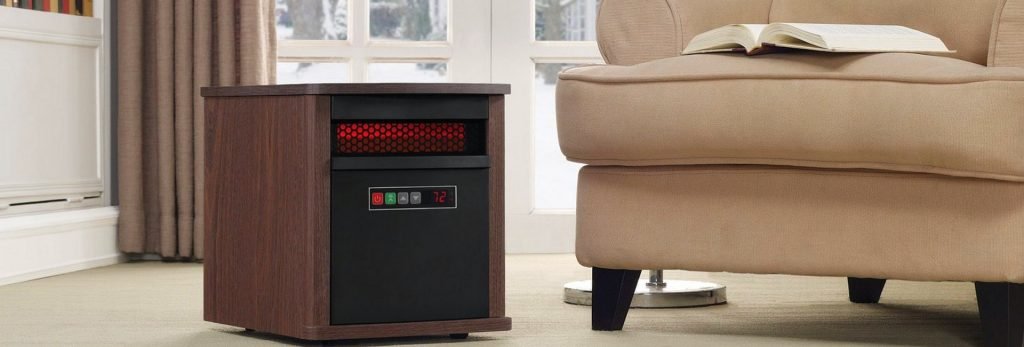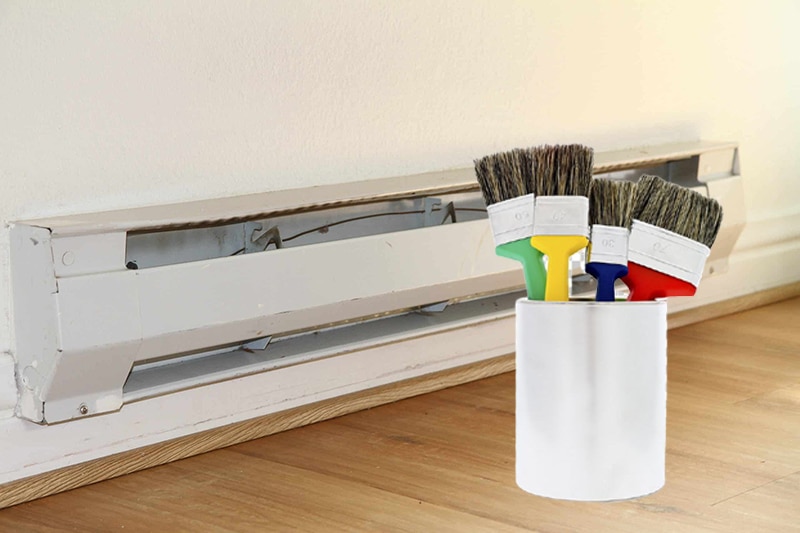Heating systems are essential, and with the different types of heating systems in the market today, it is almost impossible not to find the right one for any home. You can hardly go by without having a heating system at home. It makes your home comfortable, especially in cold weather.
Not many people understand what heating systems are about and how they work. Your central heating system will take at least one-third of the energy you use at home. It accounts for most of the power you use; if you get the right one, you can save on your utility bills and at the same time enjoy warmth in your space.
Even though there are different heating systems, there are the common ones and the not-so-popular heating systems. However, the heating systems can be categorized into two, which are the Portable Heating and Central Heating Systems.
The portable heating systems are usually a more expensive option, and that is because you would probably need to buy multiple heaters. They also cost more to maintain, and you will be buying them separately, which is an added cost.
The central heating system is the most preferred choice for most homes. It circulates heat through a heat transfer process. Most of the popular heating systems fall under this category like boilers, furnaces, radiant heating, and air warmer.
Here are the major heating systems you will find in the market today.
This heating system is quite common, and you will find it installed in most homes today. Its process of distributing heat is through a furnace. The furnace heats the air, and then the warm air is forced out, spreads to the duct, and then spreads around the various vents and registers. This central heating system is common in most large buildings. The furnace is usually powered by either electricity, natural gas, propane, or fuel. Buildings with this type of heating system already have ducts installed in their interior walls.
The electric heating system is another popular option. It is suitable for people who do not have access to natural gas or fuel. The Baseboard heaters are one of the common options of electrical heating systems. It has individual units which you can control. However, the downside to this heating solution is the high consumption of electricity. The energy you use for baseboard heaters is more compared to the other types of heating systems.
Boilers are different from the forced air heating systems that make use of furnaces. The boilers are usually vessels or tanks that heat water using natural gas, fuel, or coal. It produces hot water and then distributes it through pipes. The pipes carrying the hot water are usually radiators that can hold water between 120 and 180 degrees Fahrenheit. They are usually designed with a copper tube that runs through a sheet of metal fins.
Many homes also use boilers to stay warm. You can use boilers to keep your home warm in several ways.
When you compare the steam boilers to the hot water boilers, you can tell that the steam boilers produce a much higher temperature than the hot water. The hot water boilers are more efficient for heating.
When it comes to energy saving, geothermal systems are the best. They are energy efficient because it extracts heat from the ground and utilizes the water from the ground wells. The geothermal heating system uses little electricity and will save costs on your utility bills. The only expensive part about this heating system is its installation. It is more expensive to install when compared to other heating options.
Homes that make use of boilers will usually have a radiant heating system installed. It heats the water in the boiler and distributes the heat through tubes that pass through the floor around the house. The heat moves from the floor upwards. This heating option uses either natural gas, electricity or fuel.
The steam radiant heating system works very much like the radiant heating system. It can be found in most older buildings that already have an inbuilt radiant heating system. When the water in the boiler is heated, it sends the hot water to all the radiators in the building. If the water cools, it is then sent back to the boiler to be reheated. The boilers use natural gas to produce heat.
Boilers are a good option, but they would require maintenance to avoid corrosion. Radiant heating is more expensive to maintain generally but is a very efficient way to keep your home warm.
Also, identifying a radiant heating system will depend on how heat is transferred. A radiant heating system transfers heat in two major ways, infrared radiation and radiant floor heating.
Infrared heaters use direct heat from the hot surface on the objects in your living space or the people using radiation. A good example of one of the popular infrared heaters is the Ductless Mini Split AC/Heating System which most people use and have recommended.
This second method is by transferring heat through the floor. The radiant floor heating works with convection currents that are capable of causing heat to be emitted from the floor.
A radiant heating system can be distributed through air, water, or electricity. The radiant air floors make use of furnaces to push air through the floor.
There are also hydronic radiant floor heaters that use copper or plastic tubes laid under the flooring. The hot water is pumped up through the tubes, and then the heat gets into your home.
The warm air heating system is one of the oldest methods to keep your home warm. It has an exhaust system that collects air from outside to the air warmer. It then distributes the warm air into the building through grills. The problem with this heating method is that you would need to spend additional money getting an air purifier since the exhaust brings in air that contains moisture and impurities.
Heat Pumps are very good HVAC systems, and it is safe to say that they are a less costly option. Most heat pumps are designed with inverter technology, and this system utilizes the air outside to warm the house. It brings warm air from outside through a pusher and is very effective in keeping a large room warm. The good thing about heat pumps is that they can also be used during hot weather to bring in cool air. During the warm summer, it works as an air conditioner by moving heat from inside and bringing it outside, while during the winter, it does the reverse.
Most heat pumps make use of the forced air heating system to distribute warm air around the house. If you get a ground source heat pump, it can work during the winter and summer by collecting heat or coolness from the ground.
There are two types of heat pumps, the air-to-air and ground-source (geothermal) heat pumps.
This, also referred to as the air-source heat pump, is the most common type. It pumps the heat transferred inside the home and outside. The benefit of this heating system is that it saves the amount of electricity you use by 50% when compared to electric furnaces and baseboard heaters.
Some previous models were not usable in freezing climates, but the improved Air-to-Air heat pumps can now work under any temperature. They are very efficient and are a great option to keep your home warm. The air source heat pumps are usually installed like air conditioners.
This type of heat pump, also called the ground-source heat pump, uses heat from the earth to produce heat. It can also generate heat from a water source in your home. This is because the ground and water usually have a constant temperature. It is energy efficient and also a great option for keeping your home warm. Most people prefer to install geothermal heat pumps in their homes because they are easier to install and cheaper. It also entails burying a loop in the ground which can be somewhere around 3 to 6 inches deep trenches.
The other option will be to place it in one or more vertical boreholes depending on the size of your property and other factors. The Ground-source heat pumps are a great option for people who want something more sustainable. Some Ground-source heat pumps can draw water from the ground and then pass it through a heat exchanger. In this case, you won’t need a refrigerant.
All heating systems have at least one primary source of generating heat. Whether you are using a furnace or boiler, it will require energy to make it work. Here are the common sources of heat:
Furnaces mostly use electricity, but they can also be gas-powered. Most heating systems use electricity. The only problem, however, is the cost. If you are using a heating system that relies on electricity, you should expect to pay high utility bills. Baseboard heaters work with electric furnaces, and there are also electric wall heaters.
Wood is one of the oldest sources of energy. You can easily generate heat from making a fireplace. In the past, the fireplaces usually had a chimney, where the smoke is let out. Now, the fireplaces constructed have inserts that are placed in the hearth, and it has a flue collar that is connected to the top of the chimney to make even the energy-efficient. Another source of heat can be generated from wood stoves which are used for burning wood. It produces enough heat to keep the house warm. Wood stoves work better in an enclosed environment, and so you can only enjoy the warmth while indoors. Pellet stoves are an alternative to wood stoves. They are usually small and can serve only one room like wood stoves.
Solar power also serves as another alternative to heating the home. There are two types of this heating source, liquid and air. The liquid heating system is where the sun heats water, and then it is collected inside a collector. You can either choose to heat the water or cool it. This system is used best in boilers and radiant heating systems.
Air solar source, on the other hand, is the opposite of the liquid. In this case, the air is collected in the collector and then transferred through solar heat directly into your home. The heat from the sun may not be sufficient to heat your home, so it would be best to have another heating source available. The liquid-based and air-based solar can be a supplement for forced-air heating systems.
It isn’t always an easy decision knowing what type of heating option to install, but some factors will help you decide easily. You need to consider where you live before installing any heating system. Suppose you live in a colder climate or warm climate. Furnaces or a geothermal heat pump will be best suited for homes in cold regions. This is because these two heating systems can draw heat from constant temperatures from the ground.
You will also need to consider the availability of fuel options. If you live in a place where you don’t have access to natural gas, propane, or fuel. An electric heating system may be your only option. You can go for good brands like the Dr Infrared Heater Portable Space Heater, which is said to be energy-efficient and works in any climate.
You will need to install a heating system in your home if you want a comfortable place to stay during the cold seasons. If you need help deciding which option to choose, you can always contact an expert to advise you on the best heating system for your home. It is vital that you select the right heating option for your home. Most people prefer to go for an energy-efficient option because it will reduce cost. Electrical heating systems are more expensive, but they may also be the most efficient. The choice is up to you to decide which type of heating systems you want in your home.





